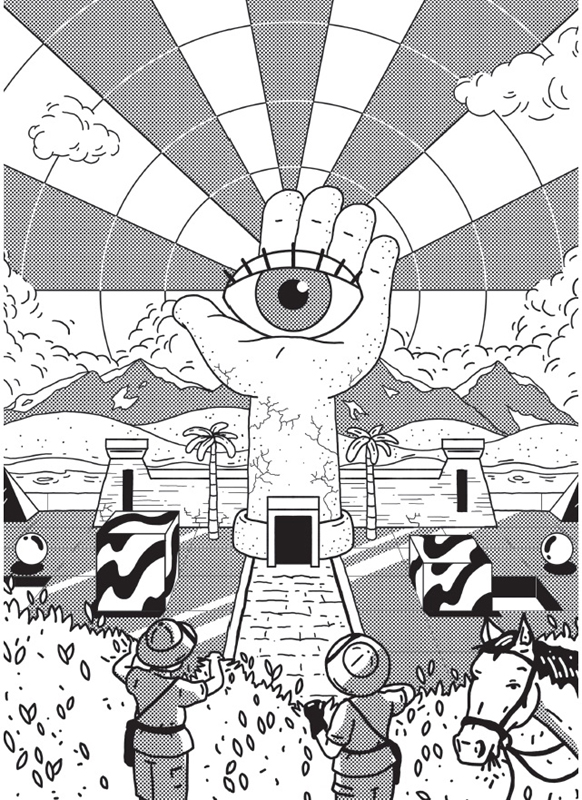
VisualThe sensory superiority of visual
At the time of writing, the internet is losing its collective mind over the revelation that Skittles are actually ALL THE SAME FLAVOUR. I bloody know, right! It turns out it was cheaper to vary the colour and smell than produce different flavours. Which means none of us have ever really tasted the rainbow. There is no lemon, there is no grape, there is only the deceptions of dishonest eyeballs (and nostrils).
It isn’t the lies we’ve lived with all this time that give us the shivers. No, what thrills us is the power our visual system has to influence our perspective.
It’s no surprise. Of all our senses, sight is the one we use most to understand our world. It’s estimated that more than 90 per cent of the information we process is visual; and around 70 per cent of our receptors and roughly half our grey matter are dedicated (directly or indirectly) to dealing with it. In contrast, only around 8 per cent of our brain is dedicated to touch, and a meagre 3 per cent is focused on hearing. True story (until disproven, as is often the way with science).
This bias towards visual means a swag of benefits to appealing to people’s eyes at work. Simplifying complex content, improving comprehension, increasing reaction times, aiding recall, attracting and directing our attention — these are the advantages of making communication visual.
Yet, perversely, ...
Get How to Speak Human now with the O’Reilly learning platform.
O’Reilly members experience books, live events, courses curated by job role, and more from O’Reilly and nearly 200 top publishers.

